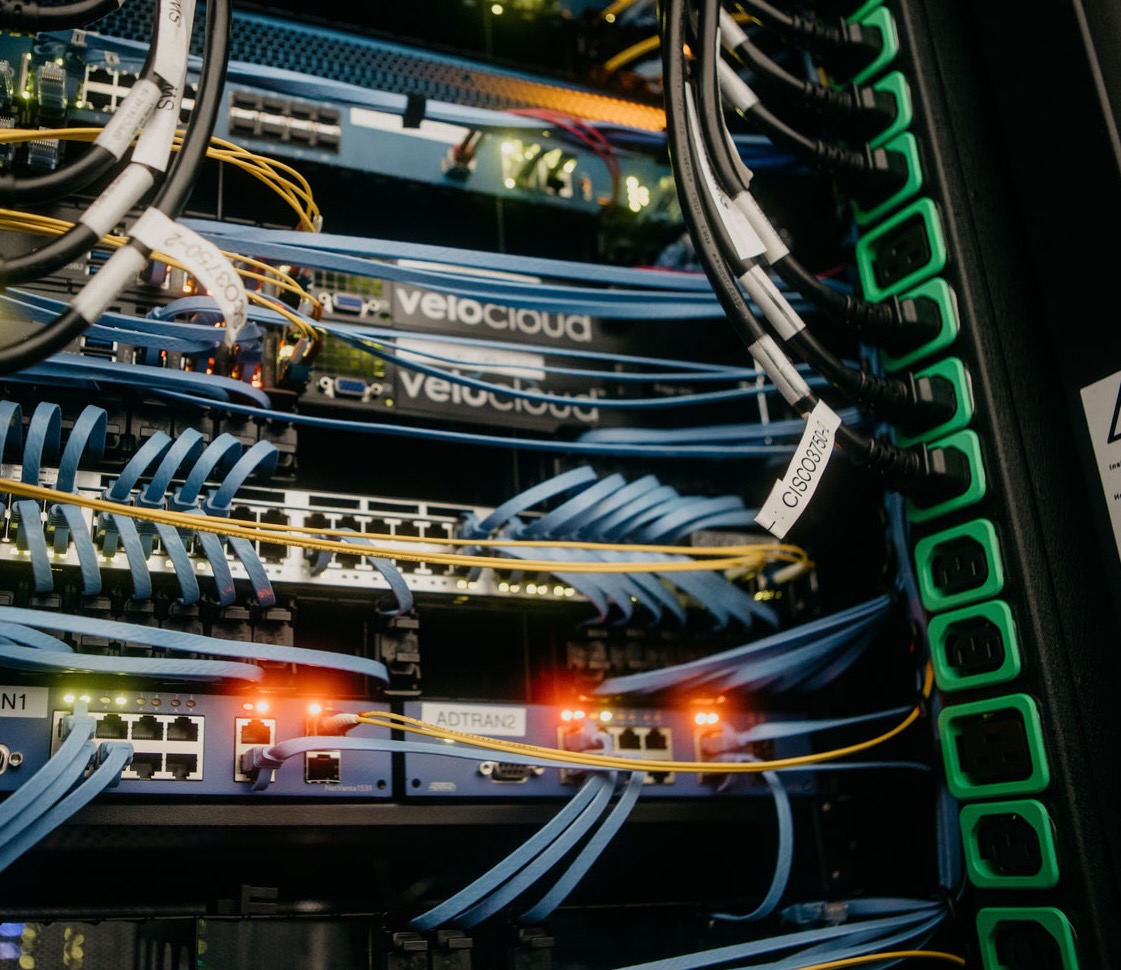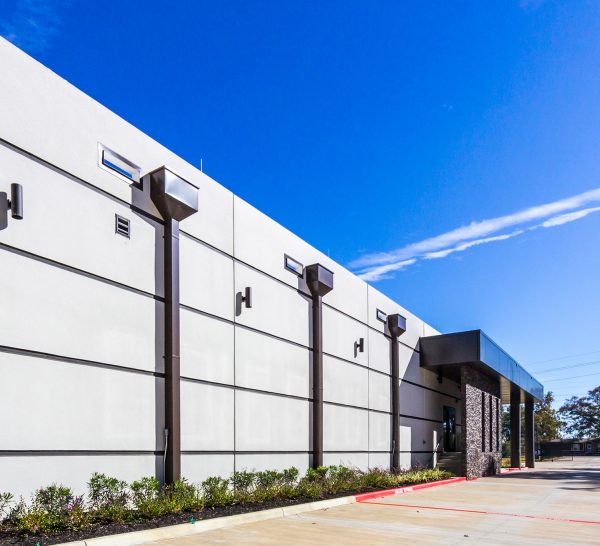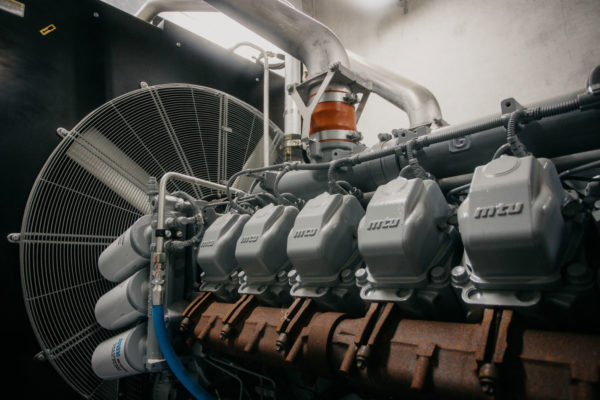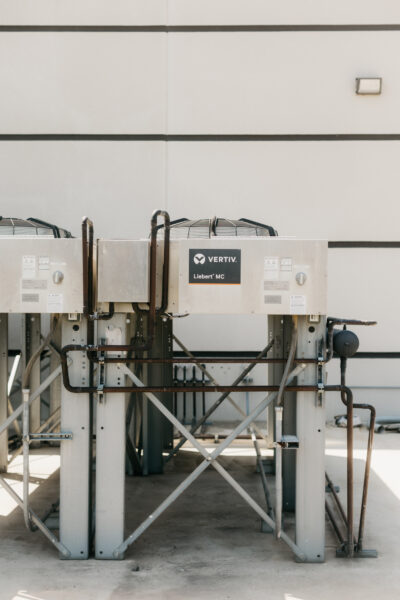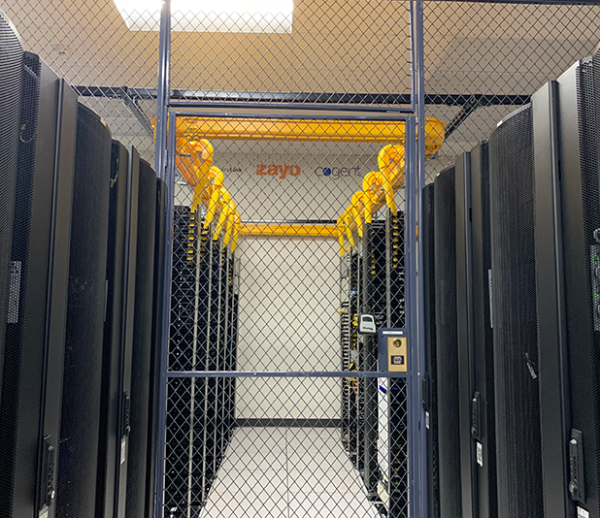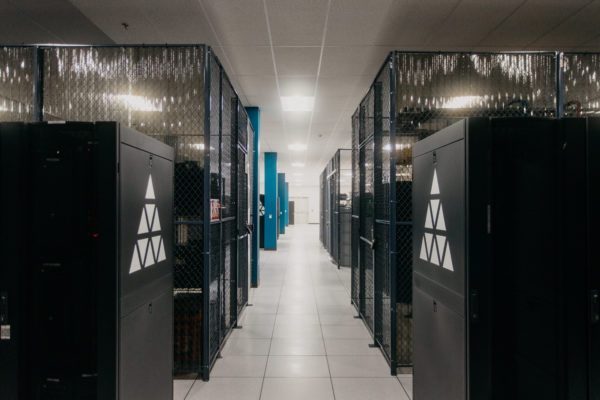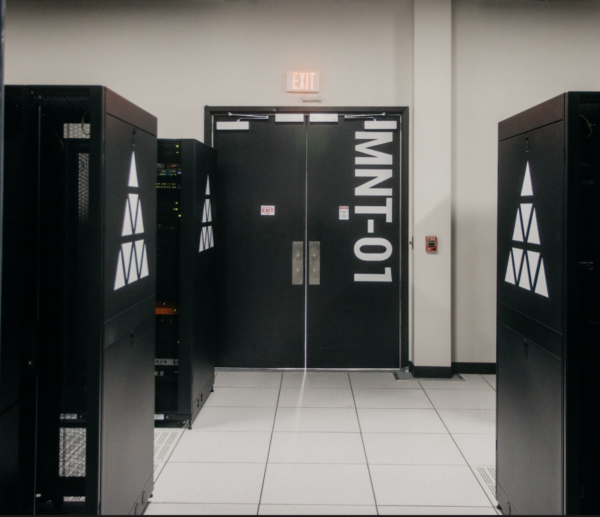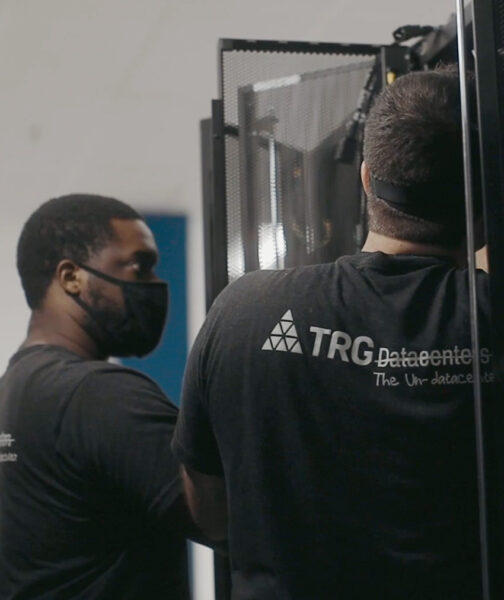When you’re building out a modern data center, one of the fastest ways to run into problems is to underestimate the complexity of cabling. It’s not just about bandwidth or port counts. It’s about how well your physical infrastructure supports scale, uptime, and change. That’s where trunk cables come into play.
Most companies hit a point where traditional patch cabling just doesn’t cut it anymore. You start with a handful of servers. Then you grow. You add switches, firewalls, cross connects, and uplinks. Suddenly, your cable trays are full, your airflow is restricted, and troubleshooting becomes a nightmare. That’s the moment you realize you need a better system—and trunk cables are one of the most effective tools to solve it.
So, What Is a Trunk Cable?
A trunk cable is a pre-terminated fiber or copper cable that combines multiple individual cables into a single bundled unit. It’s built to carry multiple data channels between key infrastructure points. Instead of running 12 separate cables between two cabinets, you can run one trunk cable with 12 fibers inside it.
Think of it as structured cabling for serious environments. It’s neater, faster to deploy, and much easier to scale. Most trunk cables come with high-density connectors—often MPO or MTP for fiber—designed to snap in quickly and provide plug-and-play connections between patch panels, switches, or server gear.
Companies use trunk cables to collapse complexity. You’re not managing loose cords anymore. You’re managing organized lanes of traffic between devices that matter.
Why Trunk Cables Matter in Data Centers
A data center is more than just rows of equipment. It’s an ecosystem built around power, cooling, and connectivity. Trunk cables play a direct role in supporting that ecosystem by reducing congestion, improving airflow, and enabling rapid growth.
Cable management isn’t just about appearances. When companies skip proper design, they end up with unstructured, overcrowded cable paths. That leads to heat traps, higher error rates, and painful downtime during changes or maintenance.
Trunk cables provide a backbone structure. They’re routed through overhead trays or under raised floors with consistent labeling and predictable paths. That makes it easier to install, trace, and manage connections without impacting live systems.
At TRG, we design facilities to support trunk cable architecture from the start. That includes generous ladder racking, separation of fiber and copper, and access points for easy patching. It’s how we make sure customers can grow without losing control.
Fiber vs. Copper Trunks
Not all trunk cables are fiber. Some companies still use copper trunk assemblies for short-range or legacy connections. But in most modern data centers, fiber trunk cables are the standard.
Fiber trunks come in both single mode (SMF) and multimode (MMF) versions. Single mode is best for long distances and high-bandwidth needs. Multimode works well for short to mid-range links within the same building.
If you’re connecting switch blocks across a meet-me room, a multimode trunk might be enough. But if you’re running DCI or linking out to a carrier suite, you’ll want single mode for the reach and speed. Choosing the right type affects not just performance, but the transceivers and hardware you need on each end.
Common Use Cases for Trunk Cables
Companies don’t just install trunk cables for the sake of neatness. There are clear technical and operational use cases that make them essential.
One major use case is switch uplinks. In a top-of-rack (ToR) architecture, you need fast, consolidated links from each rack back to your core switch layer. Trunk cables let you bundle those links cleanly, often with 12, 24, or 48-fiber assemblies. You avoid the mess of individual cords and make upgrades much easier.
Another key use is in inter-cabinet cabling. When racks are spread across an aisle or room, trunk cables allow you to maintain structured paths and simplify routing. That’s critical when your company scales from 10 cabinets to 50.
Then there’s cross connects. In carrier-rich environments, companies use trunk cables to connect from a main distribution frame (MDF) to individual customer racks. This supports private connectivity between tenants, service providers, and cloud on-ramps.
How Trunk Cables Fit Into High-Density Infrastructure
As companies move toward higher-density environments, trunk cables become even more important. It’s not unusual now to see gear that supports 40G, 100G, or even 400G interfaces. Those links often rely on parallel optics, which require multiple fiber strands per connection.
Instead of patching each strand manually, companies use MPO-based trunk cables. These terminate directly into high-density patch panels or cassette modules that break out into duplex LC connectors for individual ports.
It’s not just faster to deploy—it also supports upgrades down the road. Want to go from 10G to 100G? With the right trunk backbone, it’s as simple as swapping the cassettes or optics.
Installation, Testing, and Maintenance
One of the advantages of trunk cables is that they’re pre-terminated and factory tested. That means better performance, lower error rates, and faster installation. You’re not crimping connectors on-site or troubleshooting signal loss due to poor polishing.
But you still need to test the full link after installation. Companies that treat testing as an afterthought often regret it. Use proper optical loss testing and certification to verify that your trunks meet the specs required by your equipment.
For maintenance, labeling and documentation are key. Every trunk cable should be mapped, tagged, and entered into your cable management system. When it’s time to troubleshoot, swap gear, or reconfigure, that visibility makes the difference between a 10-minute job and a day-long headache.
Trunk Cables: Foundation of Data Center Interconnection
Trunk cables aren’t flashy, but they’re foundational. In a data center, how you manage physical connectivity determines how well you can adapt to new technologies, scale efficiently, and maintain operational discipline.
Companies that build around structured cabling with well-designed trunk cable systems get faster deployments, cleaner infrastructure, and lower long-term costs. It’s not just about running cable—it’s about building a network that doesn’t get in your way when you need to move fast.
At TRG, we’ve built our facilities and processes to support that kind of growth. From the first port to the hundredth rack, we help companies keep control of their infrastructure—because in a business where milliseconds matter, everything starts with the physical layer.
Looking for managed Colo?
Our Colo+ service is an evolution in the data center experience
